You can contact LEARNZ, part of CORE Education, at:
Postal Address:
PO Box 13 678,
Christchurch 8141,
New Zealand
Kia ora koutou
It was another windy start to the day this morning. But it was sunny, and any rain in the mountains was forecast to stay there.
Web conference
It was too windy to do the web conference outside this morning. Instead we took shelter in the room Egbert and I are staying in at Mt Somers. The Thompson Twins were our speaking school. Juzah Zammit-Ross was our expert. Also joining us was Tewera King from Te Rūnanga o Arowhenua. Perhaps you have listened to the recording of this session by clicking the link on the web conferences page. I always learn so much by being part of the web conferences. Hopefully you can all join us on the next one.
Back to Māori Lakes
Your first stop in Ō Tū Wharekai today was at Māori Lakes. Māori Lakes used to be called Ō Tū Wharekai, the name given to this Ashburton Lakes and upper Rangitata River area. A good name when you think about what this area was once used for. Its literal translation is ‘the place of a food storehouse’. It describes the area as a well-stocked natural food basket on the journey to the Arahura, the pounamu capital of the Māori world.
Te Kopi o Hakatere/Ashburton Gorge was the main pounamu/greenstone trail for the Arowhenua hapū—Kāti Huirapa. The trail connects the upper reaches of the Rakaia to Noti Raureka/Browning Pass and then heads down to Te Tai Poutini/the West Coast. Tewera talked about how his ancestors used the area as a stopping point. They gathered mahinga kai and other materials as they made their way from one coast to the other. Find out more from today's videos.
Changing landscapes
On the way to Ō Tū Wharekai you pass an old stone cottage. The cottage is part of the old Hakatere sheep station that was used by pioneers working the land in this area. It was here we caught up with Brad Edwards.
Brad explained that much of New Zealand’s wetlands have disappeared since European settlement. The development of agriculture resulted in many wetlands being cleared and changed into land for farming. Early settlers didn’t know the value of wetlands, such as being a home for animals or an important part of a healthy environment. Yet Brad does feel positive that our remaining wetlands are being restored, as well as new wetlands being created. You could look to get involved in a wetland restoration or creation project near you.
Remnant wetland forest
Our next stop was up near Lake Heron/ Ō Tū Roto. Juzah took us to some remnant Kōwhai trees. The word remnant means a part that is left after the greater part has been removed or destroyed. So, these trees are an example of how the landscape may have once looked. It is also a good way to collect seeds to be used for replanting areas of Ō Tū Wharekai. Knowing what once grew in the area helps to guide replanting efforts.
It’s easy to think that the way Ō Tū Wharekai looks now is the way it always looked. I imagined a forest growing here. I thought about all the birds that would have lived within the forest. What I could see in my mind’s eye was certainly different to what was in front of me. I wonder how the environment near your place has changed over time.
Wetland restoration
Our final stop today was near Lake Clearwater/Te Puna a Taka. Juzah showed us an area that has been replanted to restore what may have once been growing in the area. She even showed us a kōwhai that had grown from a seed she had collected near Lake Heron.
Replanting wetland areas is a great activity to get involved in. Restoring a wetland in this way improves the way a wetland works, the way it looks, and provides habitat for native animals. It’s got me thinking about some areas near my place that could do with a helping hand.
See you tomorrow,
Andrew
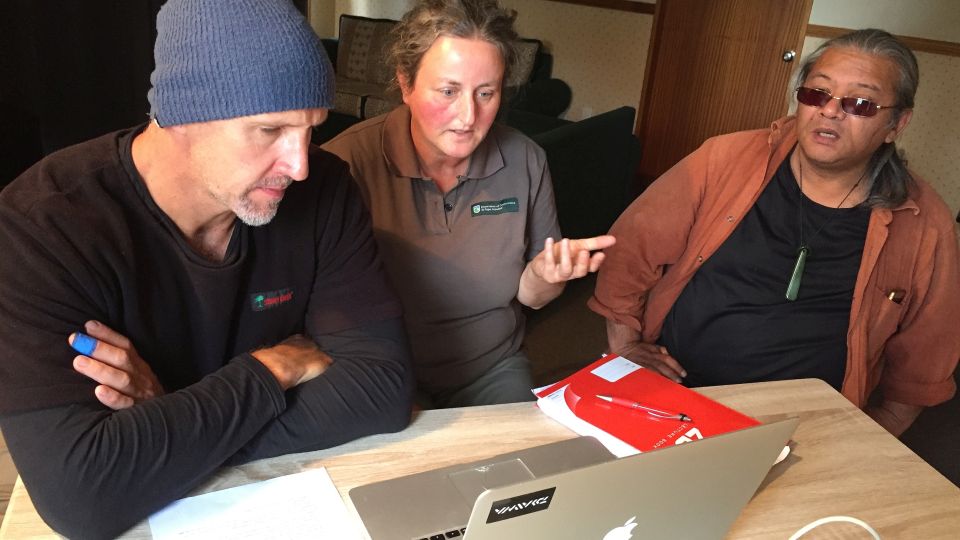
Juzah Zammit-Ross answers a question on this morning's web conference, with Tewera King and Andrew. Image: LEARNZ.
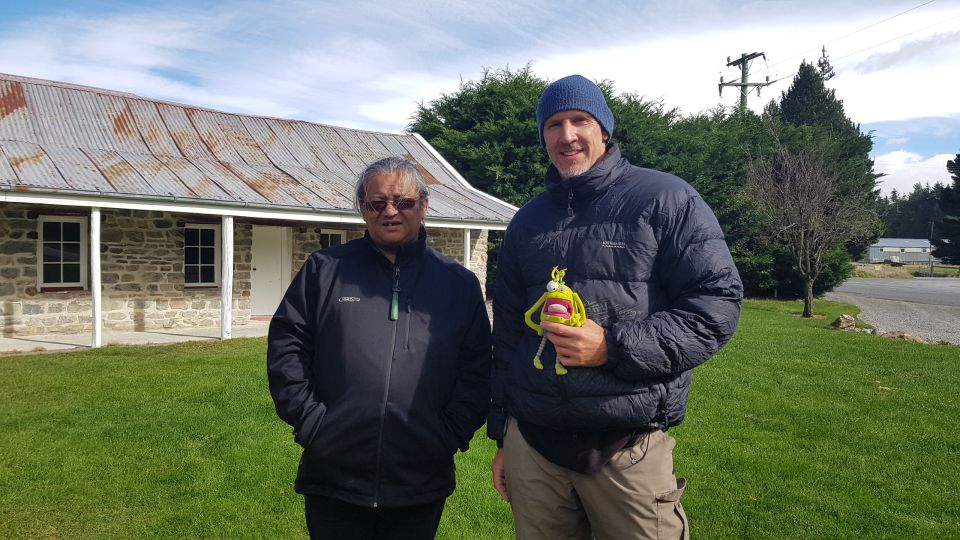
Andrew with Tewera King outside the old Hakatere Station building. Image: LEARNZ.
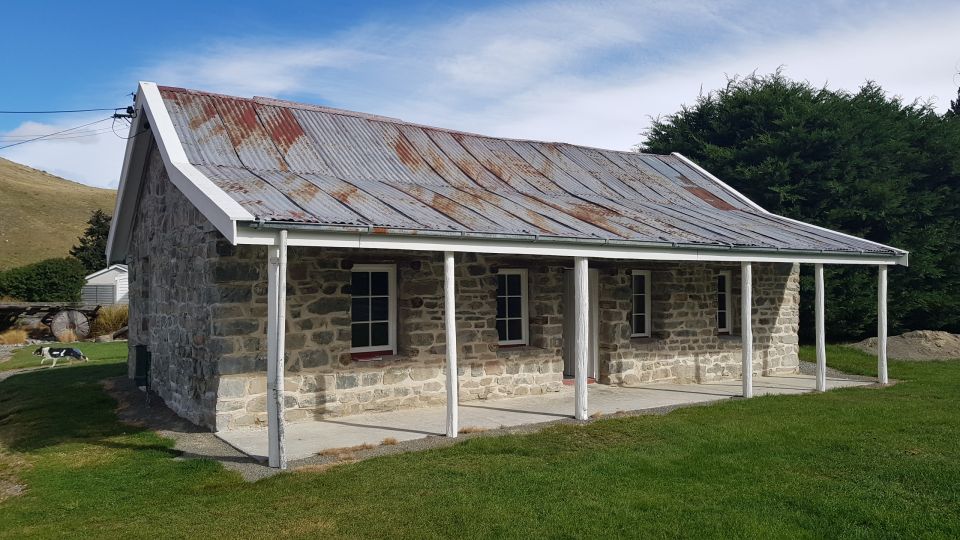
One of the oldest buildings in Canterbury. This building is part of the old Hakatere Station. How has land use changed wetlands since European settlement? Image: LEARNZ.
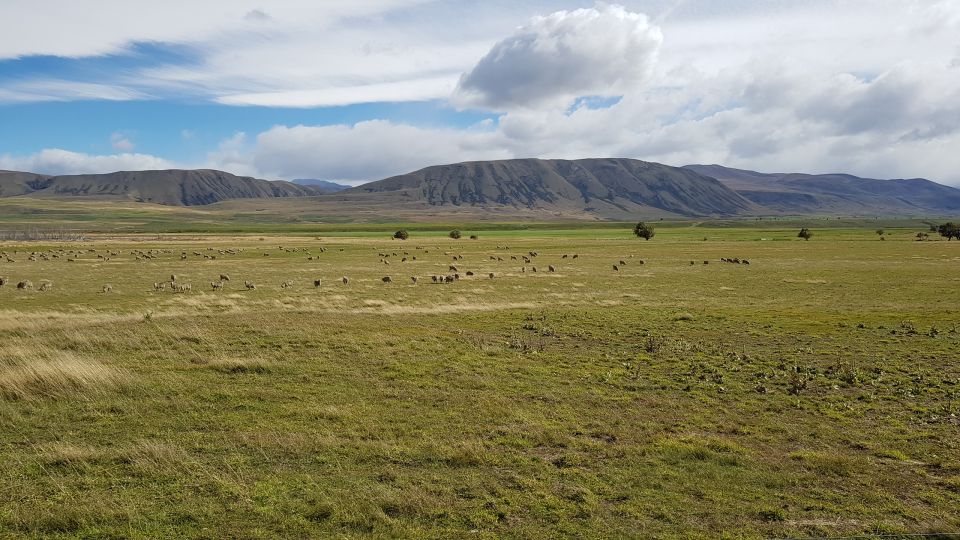
Sheep in a paddock on private farmland next to Ō Tū Wharekai. Do those green pastures in the distance look out of place to you? Image: LEARNZ.
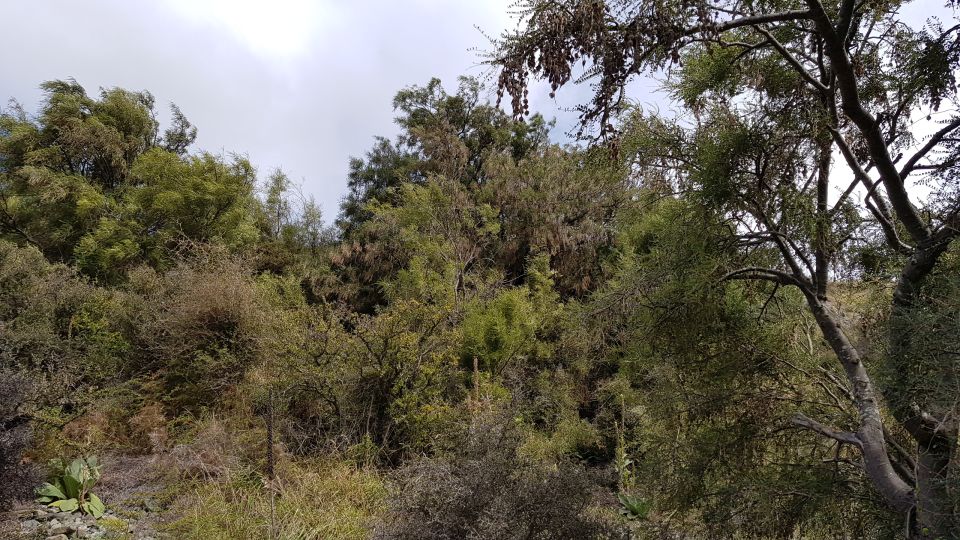
Kōwhai trees stand strong as a reminder of what once was at Ō Tū Wharekai. Are there remnant patches of forest near your place? Image: LEARNZ.
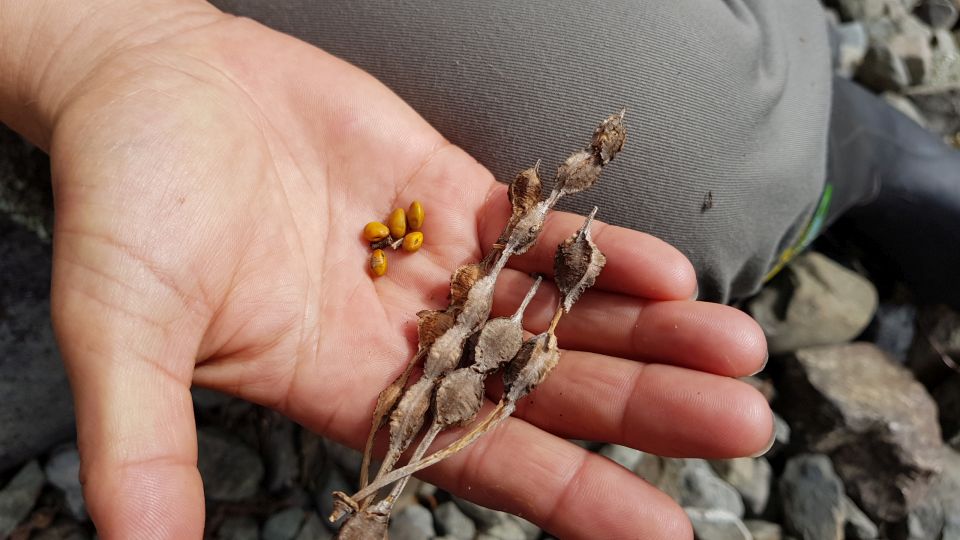
Juzah with some kōwhai seeds that she uses to grow new trees for planting around these wetlands. Why might it be a good idea to use seeds from trees living in the same area? Image: LEARNZ.
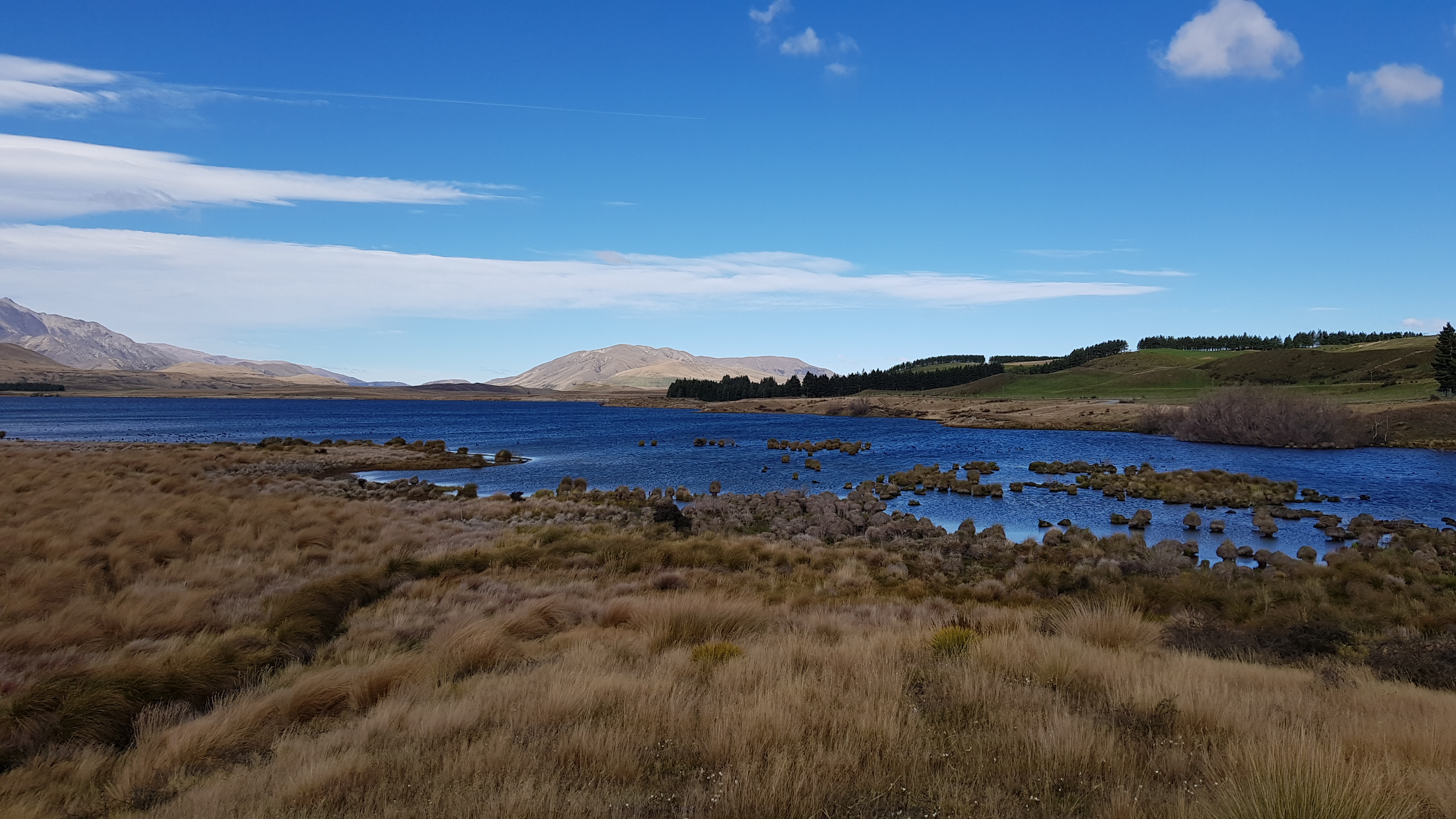
A view over Lake Heron/Ō Tū Roto. In the foreground are carex secta/pūkio. What jobs do these wetland plants do? Image: LEARNZ.
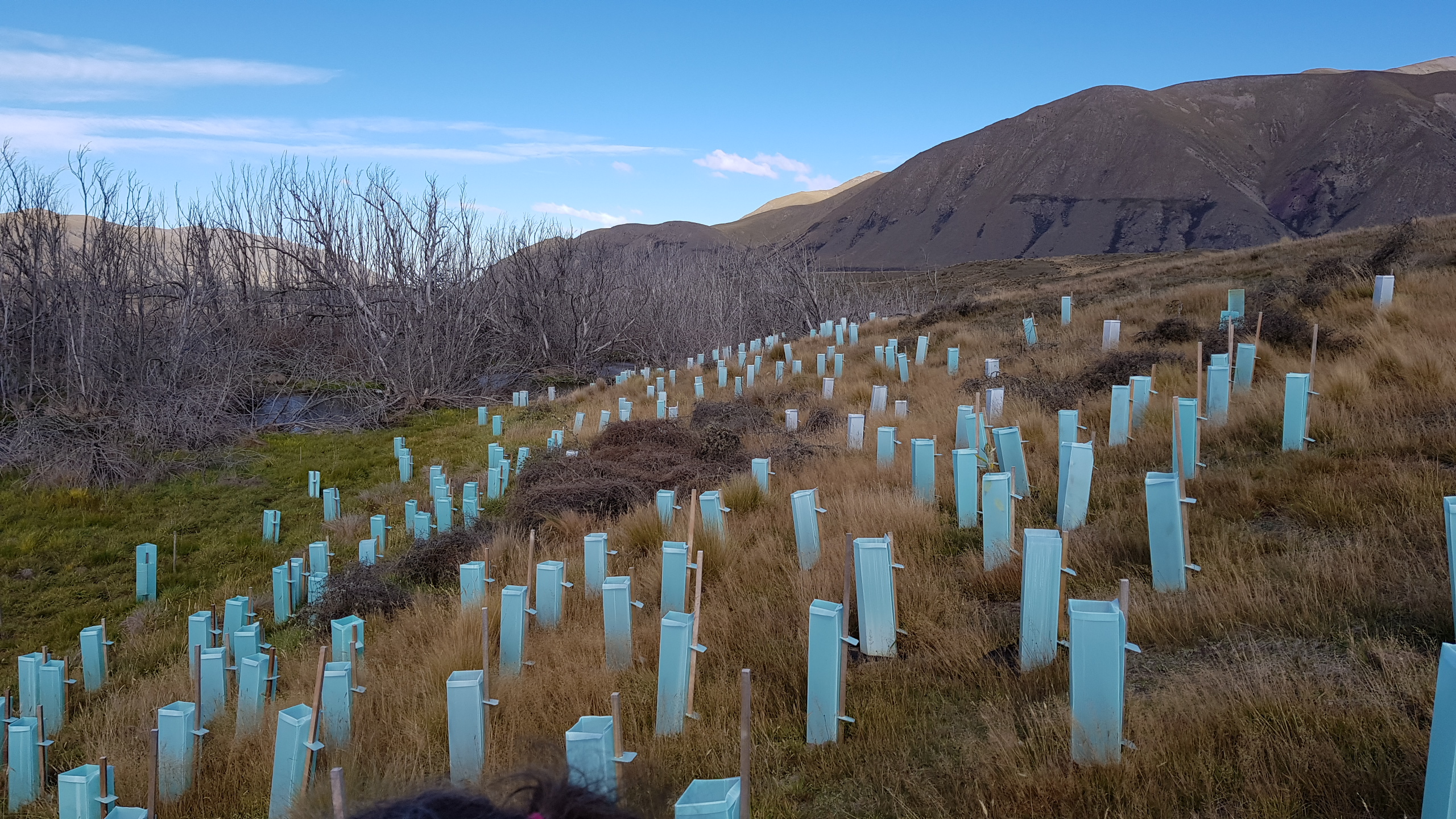
An area of planting to help restore land near Lake Clearwater/Te Puna a Taka. Why are there dead trees here also? Image: LEARNZ.
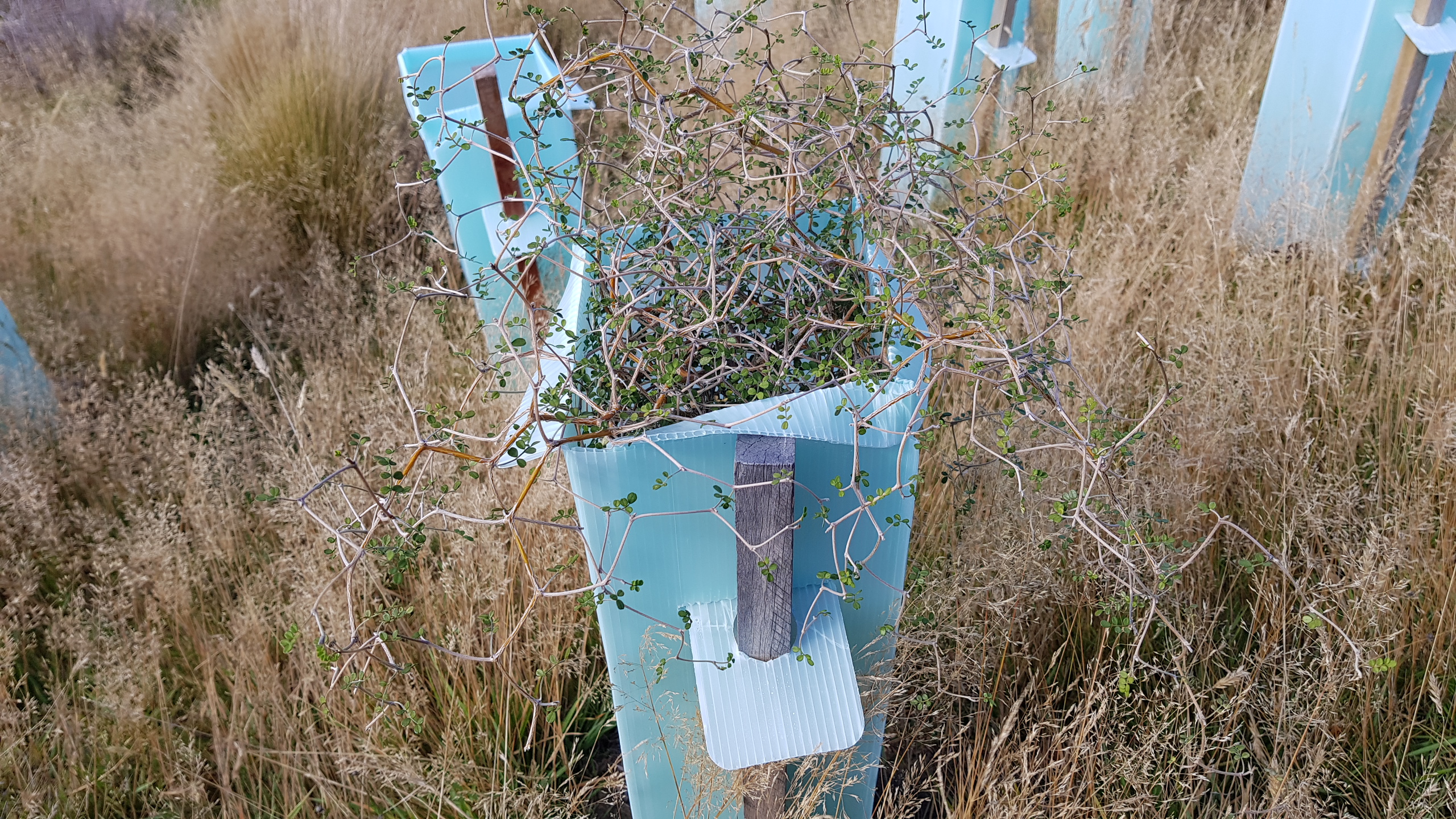
Here is one of the kōwhai trees grown from locally sourced seeds. Why is the green box around the tree? Image: LEARNZ.